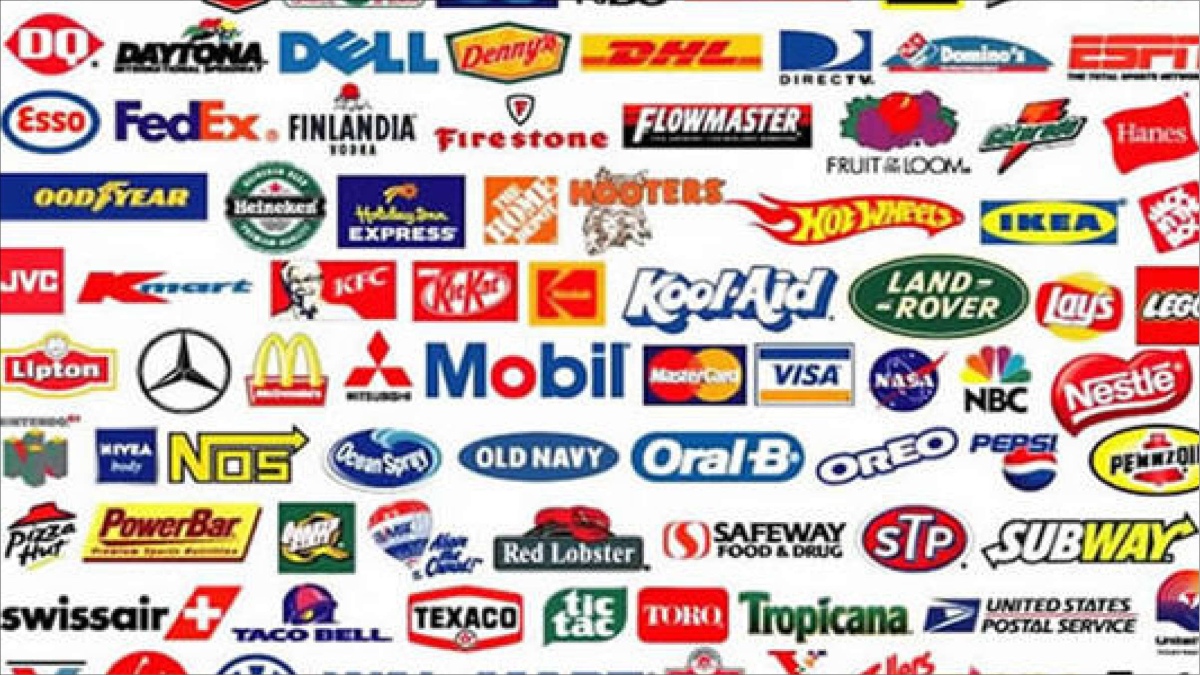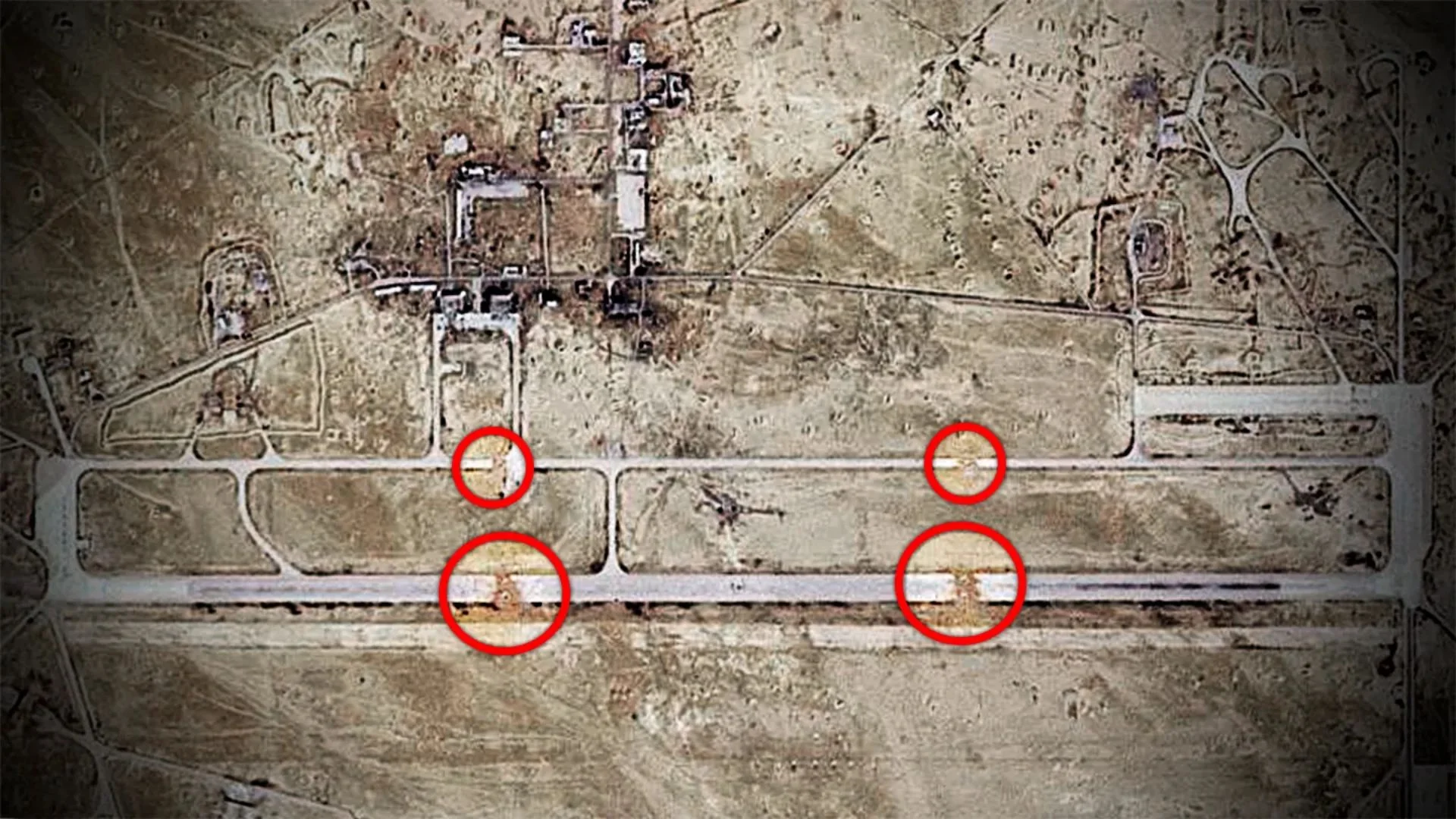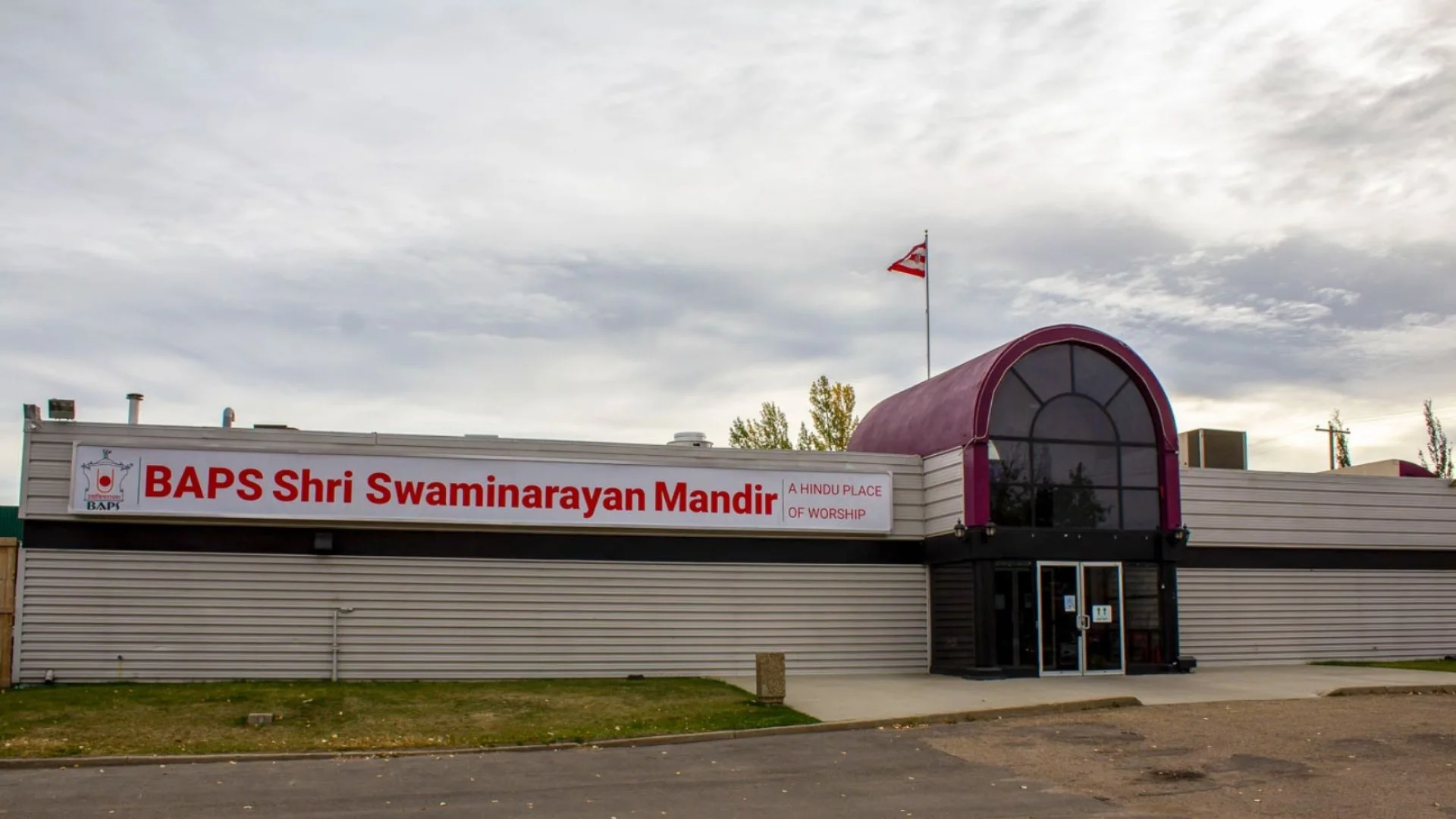INTRODUCTION
Well known trademarks are defined as marks, words or logos which have gained immense reputation in the market so much that people associate and relate to the trademark even if same or similar mark used in relation with different goods or services. Any registration or unauthorized usage of such well known mark is considered trademark infringement as it may create a confusion in the mind of consumer and general public about the true owner of the product or services. Well-known marks are recognized by most of the countries and enjoys special protection against the reproduction, imitation or translation of the mark which might create confusion in the mind of relevant public.
Indian Trade Marks Law grants additional rights and protection to well- known trademarks against registration or use of identical or deceptively similar marks as well as against their misuse. This special protection was initially granted under the Trade Marks and Merchandise Act, 1958 and later through the Trade Marks Act, 1999.
The Concept of well known marks has seen a drastic changes since its origin. The Courts while examining the infringement of a Well Known trademark have shifted from the original concept of likelihood or deceptiveness to the newer concept of dilution of well known mark. However, this newer concept of dilution of well known mark is lately been used by companies for Trademark Bullying. The Articles discusses as to why the courts needs to revisit this concept.
HISTORY
The concept of well known trademark finds its origin from the Paris Convention of 1925. According to Article 6bis of the Paris Convention, any trademark which is identical or similar to well known trademark and is liable to create confusion in the mind of public shall not be registered. However, the scope was kept limited to similar or identical goods and it did not cover trademark use for service. In the year 1967 TRIPS Agreement extended the scope of Well Known Trademarks to services as well. Further, it also extended the scope for protection of well known trademark to dissimilar goods or services, provided that use of such trademark indicate a connection with goods or services of well Known mark.
Most of the countries post Paris Convention and the TRIPS Agreement have amended their Trade Marks Legislation and provided for special protection of well known marks.
EVOLUTION OF KNOWN TRADEMARKS IN INDIA
Before 2003, Well Known Trademarks were protected under Section 47 of the Trademark and Merchandise Act, 1956 which provided for defensive registration of well known marks and passing- off actions. The decisive factor and eligibility for defensive registration under section 47(1) of the TMM act was whether the use of same or similar mark in other class of goods or services would cause confusion and deception in the mind of public about the true owner of the mark and use of such mark would indicate a connection of goods or services with that of the Well Known Trademark.
The 1st Case dealing with the concept of Well Known trademark in India was Sunder Parmanand Lalwani & Ors v. Caltex (India) Ltd. wherein the Divisional bench of Bombay High Court while holding CALTEX a well known mark observed that the use of word CALTEX by Applicant would mislead the public about the origin of the product and people will relate it with Opponent only even though both the products were in the different class. The court noted that the applicant had no reason to adopt the Opponent’s mark CALTEX which is a known mark across India and the potential trade channel of Applicant’s product is similar with that of Opponent’s which will create a confusion about the true origin of the products.
A similar approach was taken by the Allahabad High Court in the case of Bata India Ltd. v. Pyarelal & Co., Meerut City & Ors wherein the court while questioning the reason for use of word BATA by applicant held Opponent’s mark as a Well Known Mark and any use of Opponent’s Mark even in different class would deceive people and create a confusion in the mind of public about the true owner of the mark. However, the courts in the last two decades have changed the approach in analyzing the concept and infringement of well known marks in India. There has been a shift from the test of likelihood of deceptiveness to the dilution of well known mark.
The Delhi High Court in the case of Daimler Benz Aktiegessellschaft & Anr. v. Hybo Hindustan for the first time established the concept of dilution of Well Known Marks in India. The case concerned use of word BENZ along with a “three pointed human being in a ring” by Applicant for underwear which is essentially Opponent’s mark used for its cars. The court while considering BENZ and 3 pointed star, a Well Known Mark which are associated only with the Opponent held that the use of same or similar Well Known Marks are not available to any person for anything or product and such use of mark will dilute the reputation of Well Known Marks. The Court further went on to say that the Trademark Law does not intend to protect people who uses well known marks to gain unfair advantage from the worldwide reputation of well known mark.
In Another case of Caterpillar Inc. v. Mehtab Ahmed, the Delhi High Court, took a step further in analyzing the concept of dilution of well Known Mark. The court held that the use of same or similar mark for identical goods would decrease the value of well known mark and that it will also dilute its strength and identification value. The court further held that the Opponent is not required to show the likelihood of deception by use of mark by Applicant as long as the Opponent shows that the Applicant adopted the mark with an ill intention to ride upon the goodwill and reputation of the Opponent. Various other matters came before the court for analyzing the concept and infringement of well known mark. The Court’s finding in most of the cases were based on two factors, first being deception of the public, and second dilution of the plaintiff’s goodwill and reputation in the mark. All the above cases discussed above were issued under the TMM Act however, section 47 of the TMM Act, does not make any reference towards the dilution of mark rather, the reference is to consumer confusion and deception caused by use of same or similar well known mark.
However, the Courts took a step further and made dilution of mark as one of the main element for analyzing the infringement of well known trademark. This was seen as an step taken to move forward from mere defensive registration of mark which cause confusion or deception.
WELL-KNOWN TRADEMARKS UNDER THE TRADE MARKS ACT, 1999
Trade Marks Act, 1999 was enacted as a subsequent act to fulfill all the recommendation of the Paris Convention and the TRIPS Agreement thereby repealing the older TMM Act. The Act gave special protection to Well Known Marks in India. Section 2(z) (g) of the Act defines well known trademark same as that of TMM act, whereby use of Plaintiff’s mark in goods or services of different class would be “likely to be taken as indicating a connection in the course of trade or rendering of services between those goods or services and a person using the mark in relation to the first mentioned goods or services.” However, Section 11(2) and Section 29(c) of the TM Act protects Well Known Mark on basis of dilution of reputation of mark. The Act while protecting the infringement of well known mark has focused on both the aspect, first being the likelihood of deceptiveness as mention in section 2(z)(g) of the act and dilution of mark under section 11(2) and section 29(c) of the Act.
The Courts while interpreting these provisions of well known mark has neglected the concept of likelihood of deceptiveness and rather has focused on the dilution of mark only. In the case of Ford Motor Co. & Anr. v. Mrs. C R Borman & Anr. the Delhi High Court held that where the Opponent has proved the reputation of mark in Market, he has no obligation to prove deception on the part of the Applicant or likelihood of the customer being misled because of the use of the challenged trademark. There have been cases wherein the courts have looked into concept of deceptiveness of the mark as well. In the case of ITC Ltd. v. Philip Morris Products SA & Ors. the Delhi High Court placed the similarity of mark on higher platform and dilution of mark & reputation of mark as the secondary aspect to deal with the infringement of well Known mark.
However, the concept of Dilution has become one of the major aspect while dealing with the infringement of Well Know Trademark in India. The Courts in majority of Judgments have placed the concept of dilution at a higher Platform and the likelihood of deception has taken a set back. Recently, Facebook objected against the use of word FACEBAKE by a bakery shop contending that the mark FACEBOOK is a well known mark in India and that the use of similar mark will create a confusion in mind of public and they will relate the Applicant’s mark with Facebook. The court granted Interim Injunction only on the basis that the Opponent’s mark is a well known mark without going into whether the use of word FACEBAKE by Applicant will create confusion in mind of public or whether they will relate it with Opponent. Similar case came up with the US court where Apple sued Prepear alleging the use of Pear logo by the Applicant would create confusion in the of public and that they will related it will the Opponent. The case is still pending before the court but such cases involves huge finance to compete with big giants in court which small companies or startup lacks.
TRADEMARK BULLYING
The owners of well known trademarks have started using this concept to take unfair advantage by harassing the new and small business to give up the trademark which is distinct having no relation to the well known mark. This is known as Trademark Bullying. The bully ( Mostly the Owner of the Well Known Trademark) puts pressure on opponent through Cease & Desist Notices to stop using certain trademarks that it believes resembles its own and threaten legal sections is demands are not met. Individuals and small businesses often capitulate rather than face a harrowing legal battle that could bring them to the brink of financial destruction.
According to USPTO Trademark Bullying is , “the act where the trademark owner that uses its trademark rights to harass and intimidate another business beyond what the law might be reasonably interpreted to allow”. Section 142 of The Trade Marks Act, 1999 protects Trade Marks Bullying in India. According to section 142, when any person by means of circulars, advertisements or otherwise threatens another person with an action or proceeding for infringement of a registered trademark or alleged to be a registered trademark; the aggrieved person may bring a suit against such person and obtain a declaration to the extent that such threats are unjustified.
However, There are very less cases that come up to the courts or in public domain as infringement proceedings include high costs of litigation and any injunction granted may lead to irreparable loss such as loss of revenue and reputation.
CONCLUSION
The concept of well known Trademark was developed with a progressive view to strengthen the process of globalization across the world. This led to development of many MNCs which now operated without any fear of trademark infringement across the globe. This also helped companies which were into varied businesses to build reputation and restrict other from using same or similar mark even for different services. As the concept of well known mark grew with time, it brought with itself various other concepts for its protection like the concept of dilution.
These concepts were developed to make the Trademark Law more relevant to the current situation. However, in the last decade, the newer concept of dilution of well known mark have been misused by the Owners of such mark through trademark bullying. The courts have restricted the scope of protection of trademark but has not done the same while discussing the scope of Well Known Trademarks.
It is high time the courts revisit the concept of Well Known Trademark and decide these cases only on the basis of likelihood of deceptiveness rather than dilution of the mark. The World has become a global Village and many companies will be adapting names which might have some similarity with the well known mark however, such use of trademark will not cause deception in the mind of public and people will not relate it with the Well known mark. As we advance towards newer technology and market, the similarity of marks must also be seen very precisely and mere similarity of marks without any deceptiveness must be allowed registration even in cases of Well Known trademark























